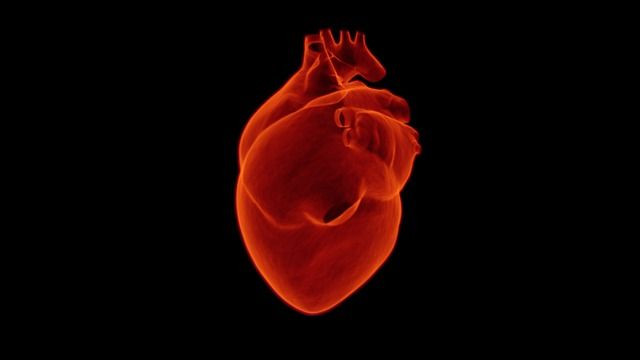At Risk For A Heart Attack? You May Have Been Added To New Expanded Criteria Without Realizing It

Every 43 seconds, someone in the U.S. will have a heart attack, but many people are unaware of their risk, and fail to recognize the signs. This can cause delays in treatment, and impedes recovery. Recently, experts at Johns Hopkins and New York's Mount Sinai Health System have published a suggested plan for a five-stage system that re-classifies the risk of heart attack in those with heart disease.
The new plan includes risk factors at earlier stages, which means more American will fall into the "at-risk" grouping, including those who don't have serious artery blockage. According to the new plan, people with less than 50 percent blockage of their heart's arteries have the same risk of death due to heart attack, stroke, or heart failure as people with a 50 percent or greater blockage (the threshold currently needed before a patient is identified as "at risk.")
Read: How To Recognize Symptoms Of Cardiac Arrest, Angina, Stroke, And Heart Failure
"What we and others can conclude from such evidence is that far less severe blockages can cause trouble because the sticky plaques can lead to the clumping of blood cells in coronary arteries, producing small clots that may cause chest pain and ultimately may lead to a heart attack," said Armin Zadeh, a researcher involved in the project, in a recent statement.
Individuals with complaints of chest pain or unexplained shortness of breath during mild exertion have also been included in the at-risk population. The suggested new system has five stages of approach for better identifying the cause of a patient’s complaints. While past steps have been invasive and ineffective, according to the researchers, the new system is more heavily based on cardiology, and far less invasive.
Heart attacks occur when the heart muscle is cut off from an oxygen supply. According to the National Institutes of Health, this usually occurs due to blockage in the heart’s arteries. Unfortunately, according to the Centers for Disease Control and Prevention, heart attacks are the leading cause of death for all demographics, and about 735,000 Americans have a heart attack every year.
The researchers hope that better identifying those most at risk of a heart attack will lead to better diagnosis and ultimately save more lives.
Source: Arbab-Zadeh A, Fuster V. The Risk Continuum of Atherosclerosis and its Implications for Defining CHD by Coronary Angiography. Journal of the American College of Cardiology. 2017
See Also:
Diabetes And Heart Disease Risk: Greater Danger Before Menopause
Some Doctors Still Consider Heart Disease A 'Man's Issue,' Fail To Track Risk In Women
Published by Medicaldaily.com



























